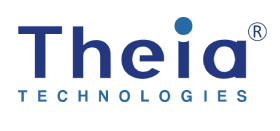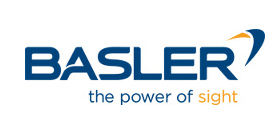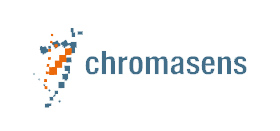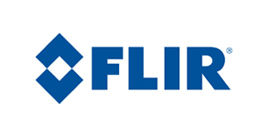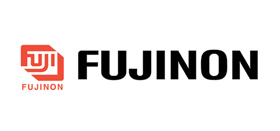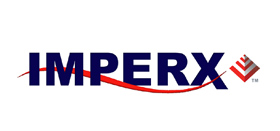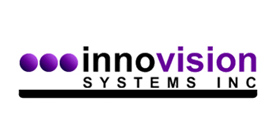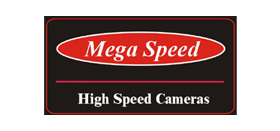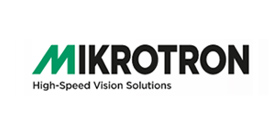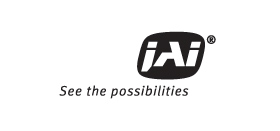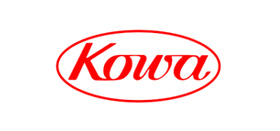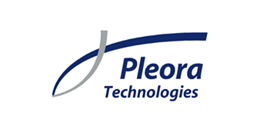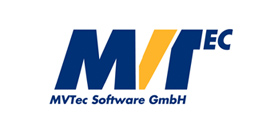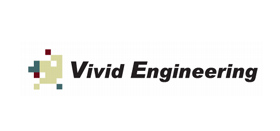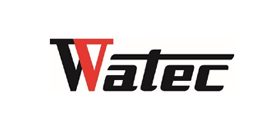Tactical infrastructure such as fencing, roads, and lighting is critical to securing a nation’s border. But it alone is not enough to prevent the unlawful movement of people and contraband into a country.
Technology is the primary driver of all land, maritime, and air domain awareness — this will become only more apparent as [U.S. Customs and Border Protection (CBP)] faces future threats,” according to testimony from CBP officials at a Senate hearing on homeland security in 2015.
And machine vision’s fingerprints are all over that technology. “The information obtained from fixed and mobile surveillance systems, ground sensors, imaging systems, and other advanced technologies enhances situational awareness and better enables CBP to detect, identify, monitor, and appropriately respond to threats in the nation’s border regions,” the testimony states.
At the U.S.-Mexico border in the state of Arizona, for example, Integrated Fixed Tower (IFT) systems persistently detect and track so-called “items of interest.” Built to withstand its harsh desert surroundings, IFT is equipped with radar, commercial off-the-shelf daylight cameras and thermal imaging sensors, and microwave transmitters that send data to border agents at the Nogales station for analysis and decision-making.
On all three fronts of land, maritime, and aerial surveillance, machine vision companies are providing imaging systems — and, more frequently, analysis of the generated data — that meet government agencies’ objectives of flexibility, cost effectiveness, and easy deployment in border security applications.
Managing Diverse Conditions
The perennial problem with vision systems used in border surveillance applications is managing the diversity of an outdoor environment with its fluctuating lighting and weather conditions, as well as varied terrain. Despite the challenges, “there are places where you can implement controls to improve upon the intelligence of the system,” says Dr. Rex Lee, president and CEO of Pyramid Imaging (Tampa, Florida). He points to customers who monitor trains along the southern border of the U.S. for illegal passengers.
“Those trains have to go under a trellis, which can be equipped with the appropriate sensors and lighting to help inspect the trains,” Dr. Lee says. Government agencies tasked with border security use infrared cameras to detect targets at night and in other low-light conditions, but thermal imaging has its limits, too. “Infrared cameras work really well when you can use them in high-contrast conditions,” Dr. Lee says. “But if you’re trying to pick up a human at 98.6°F on a desert floor that is 100°F, the desert is emitting radiation at nearly the same part of the spectrum. So customers rely on other parts of the spectrum such as shortwave infrared (SWIR) to try to catch the difference.
Infrared imaging works well in monitoring motorized watercraft since the boat’s engine has a thermal signature. “What’s nice about water is that it’s relatively uniform and it’s easy to ‘wash out’ that background and see anomalies,” Dr. Lee says.
But the problem is that the oceans present a vast amount of area to cover. Says Dr. Lee, “To see all of it is a compromise between having a whole bunch of systems monitoring the water or systems that are high in the sky, in which case you have the problem of seeing something really tiny in a very large overall view.”
CMOS Surpasses CCD
One key change in imaging systems used in border surveillance applications is the shift from CCD to CMOS sensors because the latter is surpassing the quality and performance of the former. To accommodate this change, two years ago Adimec Advanced Image Systems bv (Eindhoven, the Netherlands) integrated the latest generation of CMOS image sensors — which offer significant improvements in image quality and sensitivity — into its TMX series of rugged commercial off-the-shelf cameras for high-end security applications. TMX cameras maintain a maximum frame rate of 60 fps or 30 fps for RGB color images at full HD resolution.
Furthermore, CMOS image sensors are emerging as a replacement for electron-multiplying CCDs (EMCCDs), says Leon van Rooijen, Business Line Director Global Security at Adimec. Thanks to their superior performance over CCDs in low-light conditions, EMCCDs often are deployed in applications like harbor or coastal surveillance.
But EMCCDs have distinct disadvantages. For example, an EMCCD needs to be cooled in order to deliver the best performance. “That is quite some challenge in the sense of integrating power consumption and also the fact that you need to provide high voltage to the sensors,” van Rooijen says. “And if you need to have systems operating for a long duration without maintenance, an EMCCD is not the best solution.” To solve these challenges, Adimec is working on image processing “to get the most out of the latest generation CMOS to come closer to the performance global security customers are used to with EMCCD without all the downsides of the cost, integration, and reliability,” van Rooijen says.
Adimec also is tackling the challenge of mitigating the turbulence that occurs with border surveillance systems over very long ranges, particularly as systems that were using analog video are now taking steps toward higher resolution imaging to cover the larger areas.
“When imaging at long range, you have atmospheric turbulence by the heat rising from the ground, and on sea level, rising or evaporated water creates problems in terms of the haze,” van Rooijen says. “We will show turbulence mitigation in the low-latency hardware embedded in our platform and will work with system integrators to optimize it for land and sea applications because they have the biggest issues with turbulence.”
More Than Pictures
Like machine vision systems deployed in industrial applications, border security systems generate a lot of data that requires analysis. “The surveillance industry traditionally has been a little slower to incorporate analytics,” says Dr. Lee of Pyramid Imaging. “We see significant opportunity there and have been working with some of our customers so that analytics are more automated in terms of what is being detected and to analyze that intrusion, and then be able to take a proper response.”
Some companies have developed software that identifies anomalies in persistent monitoring. For example, if a passenger at the airport suddenly abandons a suitcase, the software will detect that the object is unattended as everything else around it continues to move.
Even with robust vision-based surveillance capabilities at all points of entry, U.S. border patrol and homeland security have to contend with a much bigger threat. “The United States does a pretty good job checking people coming in, but we do a really poor job knowing if they ever leave,” Dr. Lee says. “We know how to solve that problem using technology, but that creates its own problems.
“The best place to do this is at the x-ray machines in the TSA line, where you can have a mechanism to record everybody,” Dr. Lee continues. “But that is going to be expensive because you have to do this at every airport in the United States. Monitoring and recording slows things down, and TSA is under a lot of pressure to speed things up.” Another surveillance option that government agencies have discussed is taking noncontact fingerprints at TSA every time someone flies. “Much of the American public won’t tolerate that,” Dr. Lee says. “They are going to argue that fingerprinting is too much government oversight, and that will result in a lot of pressure and pushback.”
Still, in polls taken over the past decade, Americans recognize the need to secure ports of entry. Machine Vision will continue to provide, and improve upon, that service, thanks to CMOS performance, new techniques to mitigate diverse environmental conditions, and the continued automation of analytics.
To Know More About INDUSTRIAL MACHINE VISION SYSTEM, Contact MVAsia Infomatrix Pte Ltd at +65 6329-6431 or Email us at info@mvasiaonline.com
Source - visiononline.org



